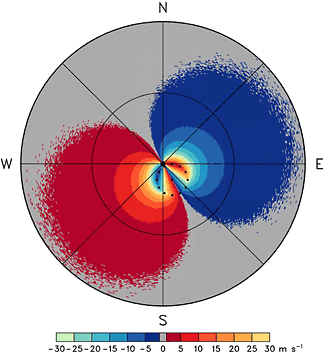The Still Point: At Rest Together
In a short time, life has dramatically changed. Will we go back to the way things were or is this a #newnormal? We have entered into the unknown. Uncertainty is omnipresent. No one knows how things will turn out.
In times of crisis, it’s essential to know how to find our center and come to a point of stillness. This is especially true when there is a great charge running through a system or where there are a lot of changes happening at once. On many levels, as a collective we are being asked to stop, slow down and rest.
In this context, coming to stillness is a form of active contribution. Even though it may not feel as if we are “doing” something active, points of stillness in a system provide stability and anchoring to the collective field in times of great change. Our capacity to pause and find the still point is a precondition for sensing — to read a field, pick up signals or orient ourselves amidst complexity. The more points of stillness in a system, the more capacity and space there is to process and metabolize the changes. See “Beacons of Light” for more details.
Our presence — our sense of being in the here and now, witnessing “what is” from a deep and grounded place — is one of the most important capacities to cultivate. When we are at rest, we sense with accuracy when and how to respond. This form of presence is highly alert and aware. It is an active “doing” and not passive, lazy or withdrawn. It fully occupies the space of the here and now by becoming a witness to everything happening. It is not detached or distant.
Radar of wind speed and direction of a hurricane.
Chaotic shifts in a craniosacral rhythm (CSR). This balloon within a balloon pattern is found to be similar to and follow a physiological rhythm (chaotic resonance) in the arteries and vascular system. Source.
Stillness also provides differentiation. It helps us separate the past or “what was” from the new or “what’s becoming” so the two do not get muddled or intermingled. This space between is known as the still point. Metaphorically speaking, stillness is like a membrane or boundary helping to differentiate two things from one another. Stillness can be a moment between everything and nothing. At first it may feel scary to trust and surrender to that, like that first moment when breaking through a thin layer of ice where everything suddenly changes.
At an individual level, for example, in craniosacral therapy inducing a still point is a technique used when something big has happened and a prolonged pause is needed for integration and to strengthen the central nervous system. “A stillpoint is an observable, palpable, and measurable(1)physiological state in which the craniosacral rhythmic impulse (CRI) is temporarily suspended. This allows the body to enter a state of deep rest and self-correcting activity, the results of which are the reduction of symptomatic conditions, and an increase in wellbeing.” (Source)
At a collective level, considering still points as a systemic intervention in part depends on the value of the leverage point used. Systems theorist Donella Meadows defines a leverage point as “An area within a complex system where a small shift in one thing can produce big changes in everything.” (Meadows, 1999) Meadows identified the highest levers in systems change as “the mindset or paradigm out of which the system — its goals, power structure, rules, its culture — arises.” Our ability to nurture stillness is critical to providing the space to evolve our way of seeing and solutioning through current challenges.
Stillness is not nothing — in some ways, it is everything. It is full of fire energy and rich with potentiality. It is required to move from one state to another. And over time we actually start to embody it. We can better see and sense differences of what we want to change and what wants to be created through us. Together, we can actively care for and nourish new beginnings.
Related articles
Co-Authors
The content of this article was sourced using a method known as Systemic constellations. The story was then co-authored and edited by Luea Ritter and Nancy Zamierowski. You can find their bios here.
This article was first published on Medium


